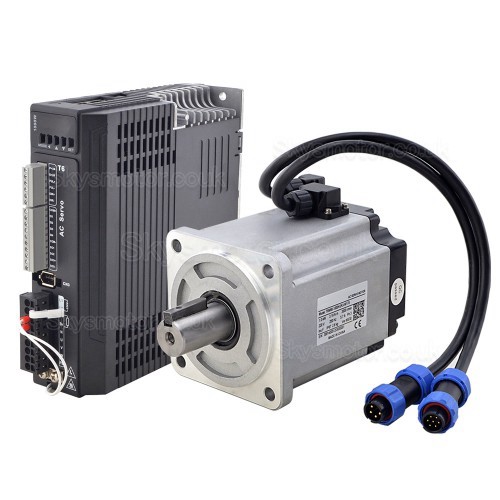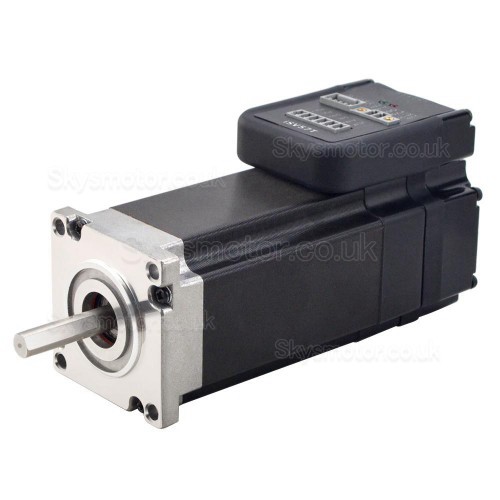What are the key differences between AC and DC servo motors?
What are the key differences between AC and DC servo motors?
AC (alternating current) and DC (direct current) servo motors are two of the most commonly used types of servo motors in industrial and automation applications. While both types of motors share some similarities, there are also several key differences that make them better suited for different types of applications. In this article, we will explore the main differences between AC and DC servo motors.

Power source
The main difference between AC and DC servo motors lies in their power source. AC servo motors are powered by AC voltage, while DC servo motors are powered by DC voltage. This means that AC servo motors require an AC power supply, while DC servo motors require a DC power supply.
Control
AC and DC servo motors also differ in the way they are controlled. AC servo motors are typically controlled using a closed-loop control system that uses feedback from sensors, such as encoders or resolvers, to accurately control the motor's speed, torque, and position. DC servo motors are also typically controlled using a closed-loop control system, but they may use different types of feedback sensors, such as tachometers or hall effect sensors.
Speed and torque
AC servo motors are generally better suited for high-speed applications than DC servo motors. This is because AC motors can typically operate at higher speeds than DC motors without overheating. AC servo motors are also capable of producing higher torque at high speeds, making them better suited for applications that require high-speed and high-torque operation.
DC servo motors, on the other hand, are generally better suited for low-speed and high-torque applications. This is because DC motors have a higher starting torque than AC motors, which makes them better suited for applications that require high torque at low speeds, such as robotics, conveyors, and packaging machines.

Efficiency
AC servo motors are generally more efficient than DC servo motors. This is because AC motors do not require brushes or commutators, which can cause friction and reduce efficiency in DC motors. AC motors are also more efficient at converting electrical energy into mechanical energy, which can help reduce energy consumption and operating costs.
Maintenance
AC and DC servo motors also differ in their maintenance requirements. DC servo motors require more maintenance than AC motors due to the brushes and commutators that are used to transfer electrical power to the motor's rotor. These components can wear out over time and require replacement, which can increase maintenance costs and downtime. AC servo motors, on the other hand, require less maintenance due to their simpler construction and lack of brushes and commutators.
Size and weight
AC and DC servo motors also differ in their size and weight. AC servo motors are generally larger and heavier than DC servo motors due to the complexity of their construction and the need for additional components, such as capacitors and filters, to ensure proper operation. DC servo motors are generally smaller and lighter than AC servo motors, which can make them better suited for applications that require compact and lightweight designs.
